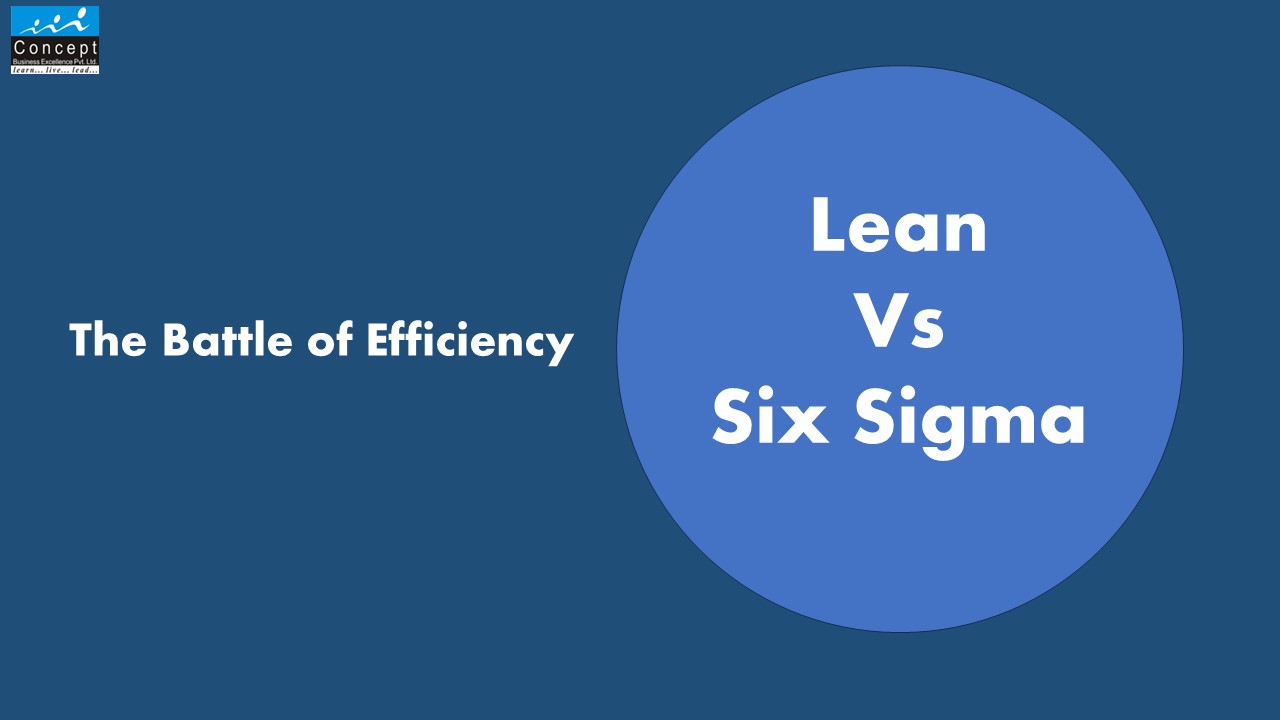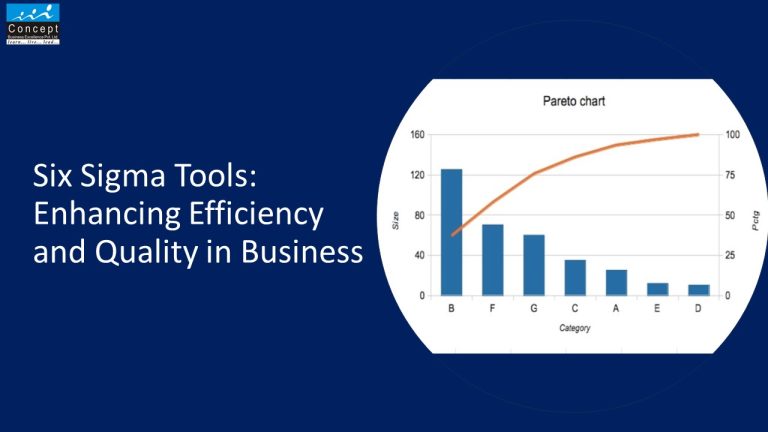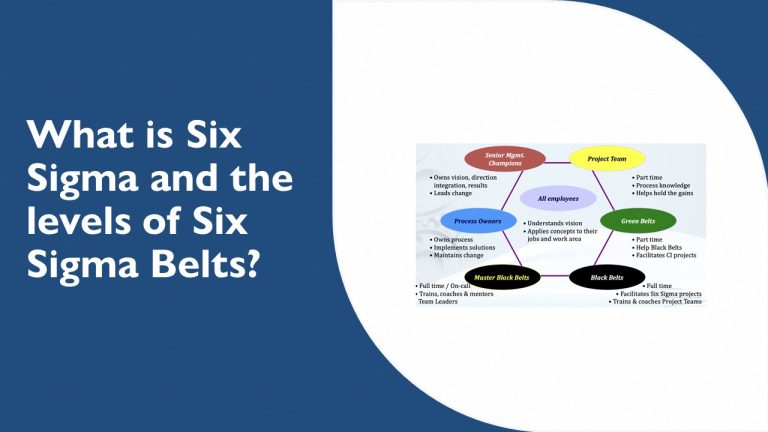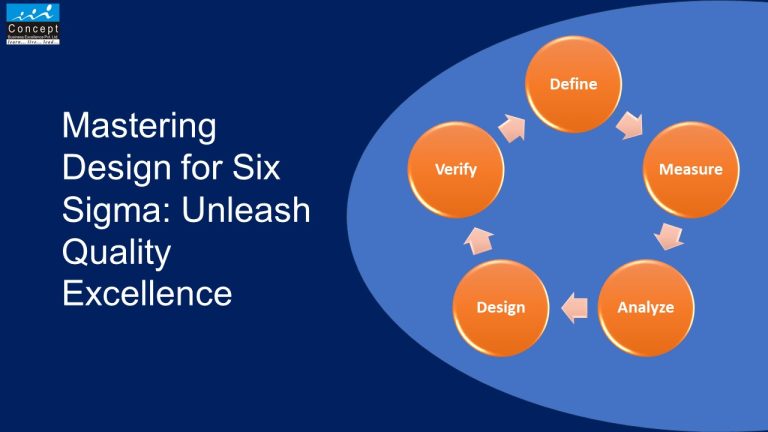The Battle of Efficiency: Lean vs. Six Sigma
In today’s fast-paced and competitive business world, organizations are constantly striving to improve their processes and optimize efficiency. Two popular methodologies that have emerged to address this challenge are Lean and Six Sigma. Both methodologies aim to minimize waste, enhance quality, and maximize customer satisfaction. In this blog post, we will delve into the key principles, methodologies, and differences between Lean and Six Sigma to help you understand which approach might be best suited for your organization.

Understanding Lean:
Lean is a systematic approach to process improvement that focuses on reducing waste and maximizing value for the customer. Developed by Toyota in the 1950s, Lean aims to create a smooth, efficient, and streamlined workflow by eliminating activities that do not add value. The core principles of Lean include:
1. Value: Identifying what the customer truly values and focusing on delivering it.
2. Value Stream: Mapping out the steps and resources required to deliver the value to the customer.
3. Flow: Creating a continuous flow of work without interruptions or delays.
4. Pull: Producing goods or services based on customer demand, minimizing overproduction.
5. Perfection: Striving for continuous improvement to achieve perfection over time.
Key Lean Tools and Techniques:
Lean utilizes various tools and techniques to achieve its objectives, including:
1. Kanban: Visualizing the workflow and limiting work in progress.
2. 5S: Organizing the workspace for efficiency and removing unnecessary items.
3. Just-in-Time (JIT): Producing or delivering items precisely when needed to minimize inventory and storage costs.
4. Kaizen: Encouraging a culture of continuous improvement through small incremental changes.
Understanding Six Sigma:
Six Sigma is a data-driven methodology that aims to minimize defects and process variations to achieve near-perfect quality. Developed by Motorola in the 1980s, Six Sigma focuses on reducing process variation by utilizing statistical analysis and measurement systems. The core principles of Six Sigma include:
1. Define: Clearly defining the problem, project goals, and customer requirements.
2. Measure: Collecting data and measuring the process to identify areas of improvement.
3. Analyze: Analyzing the data to identify the root causes of defects or variations.
4. Improve: Implementing solutions to address the identified root causes.
5. Control: Monitoring and controlling the improved process to sustain the gains.
Key Six Sigma Tools and Techniques:
Six Sigma employs various tools and techniques to achieve its objectives, including:
1. DMAIC: An acronym for Define, Measure, Analyze, Improve, and Control – a structured problem-solving approach.
2. Statistical Process Control (SPC): Monitoring and controlling process variations using statistical techniques.
3. Design of Experiments (DOE): Conducting controlled experiments to identify critical process factors.
4. Root Cause Analysis: Identifying the underlying causes of defects or issues.
5. Control Charts: Visualizing process performance over time to detect variations.
Differences and Complementary Nature:
While both Lean and Six Sigma share the common goal of process improvement, they differ in their approach and focus. Lean primarily targets waste reduction and flow improvement, while Six Sigma aims at minimizing defects and process variations. However, these methodologies are not mutually exclusive, and many organizations combine Lean and Six Sigma to achieve even greater efficiency gains. Lean can provide a foundation for process flow, and Six Sigma can help identify and eliminate the root causes of defects.
Choosing the Right Approach:
The choice between Lean and Six Sigma depends on the specific needs and challenges of your organization. If your processes are plagued by waste, inefficiencies, and bottlenecks, Lean might be a suitable starting point. On the other hand, if you are struggling with quality issues and high defect rates, Six Sigma might be more appropriate. It’s worth considering that Lean is more focused on operational efficiency, while Six Sigma emphasizes statistical analysis and measurement.
In the battle of efficiency, Lean and Six Sigma are powerful methodologies that can revolutionize your organization’s processes and drive continuous improvement. Understanding the principles, tools, and differences between Lean and Six Sigma can help you choose the right approach or combine both methodologies for maximum impact. Ultimately, the key lies in selecting the methodology that aligns with your organization’s goals, challenges, and culture, and leveraging the power of these methodologies to achieve sustainable success.
If you want to learn more about Lean and Six Sigma you can contact us





